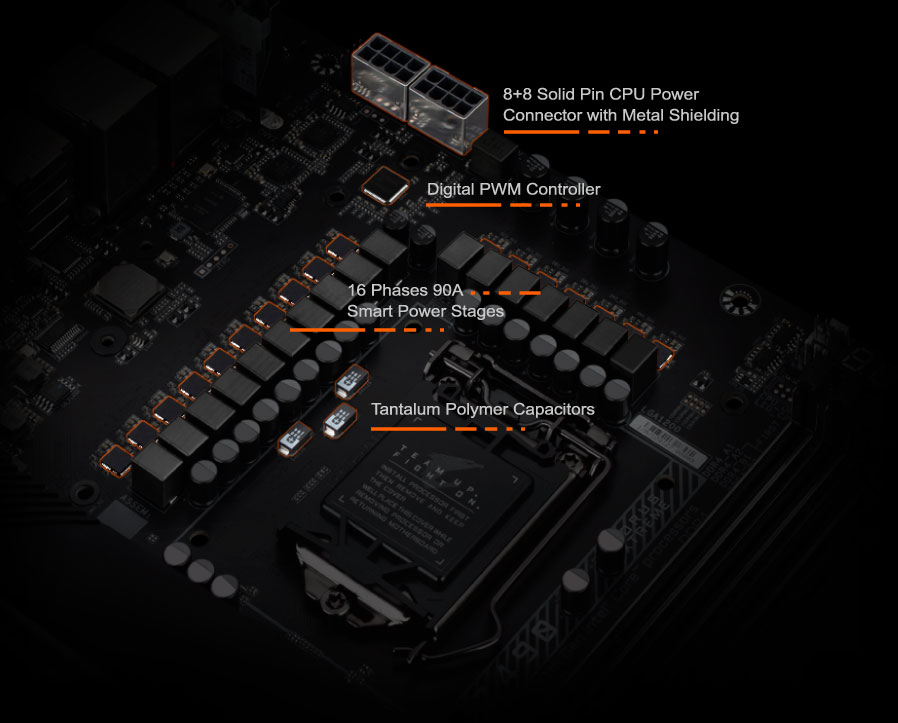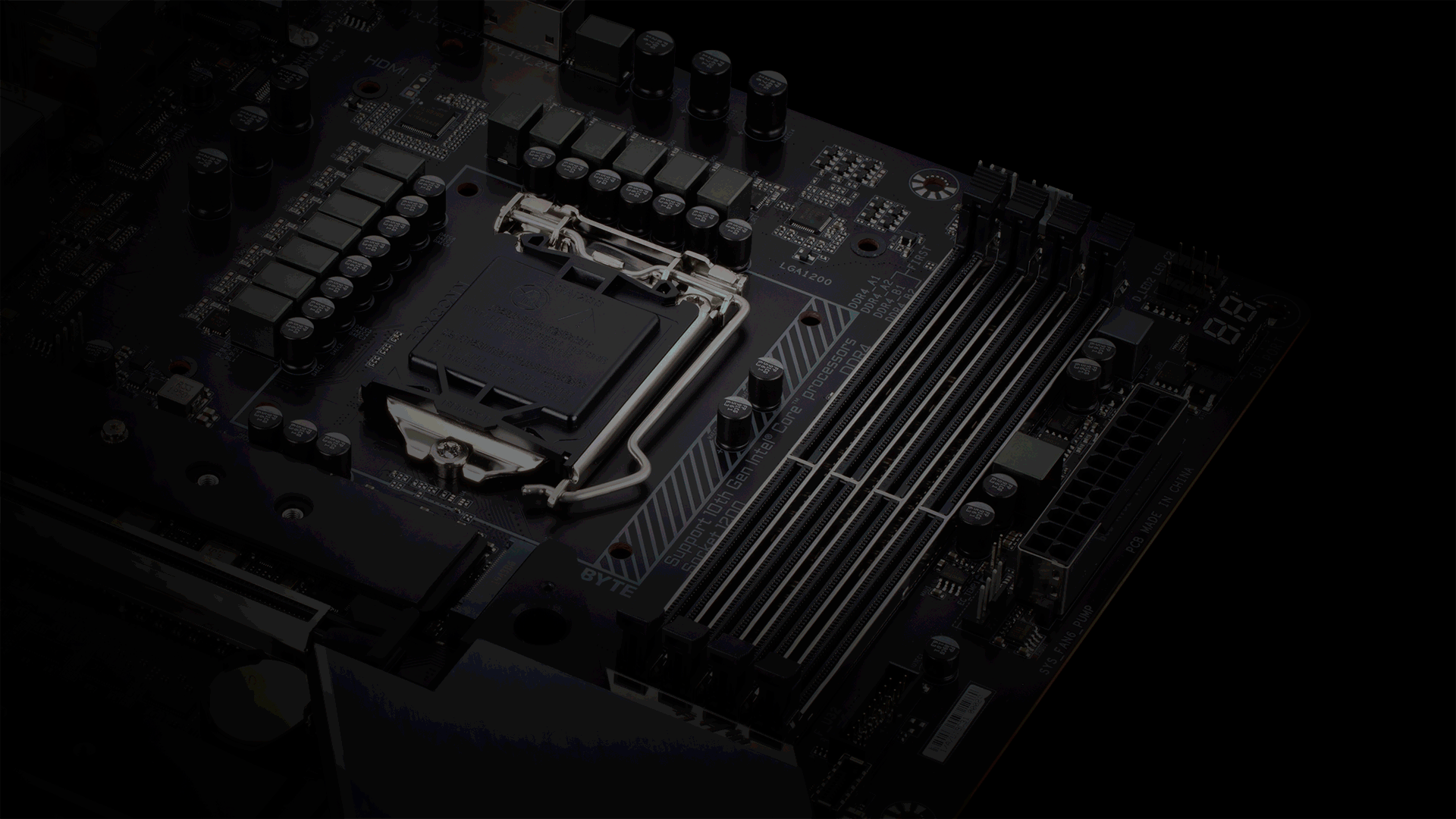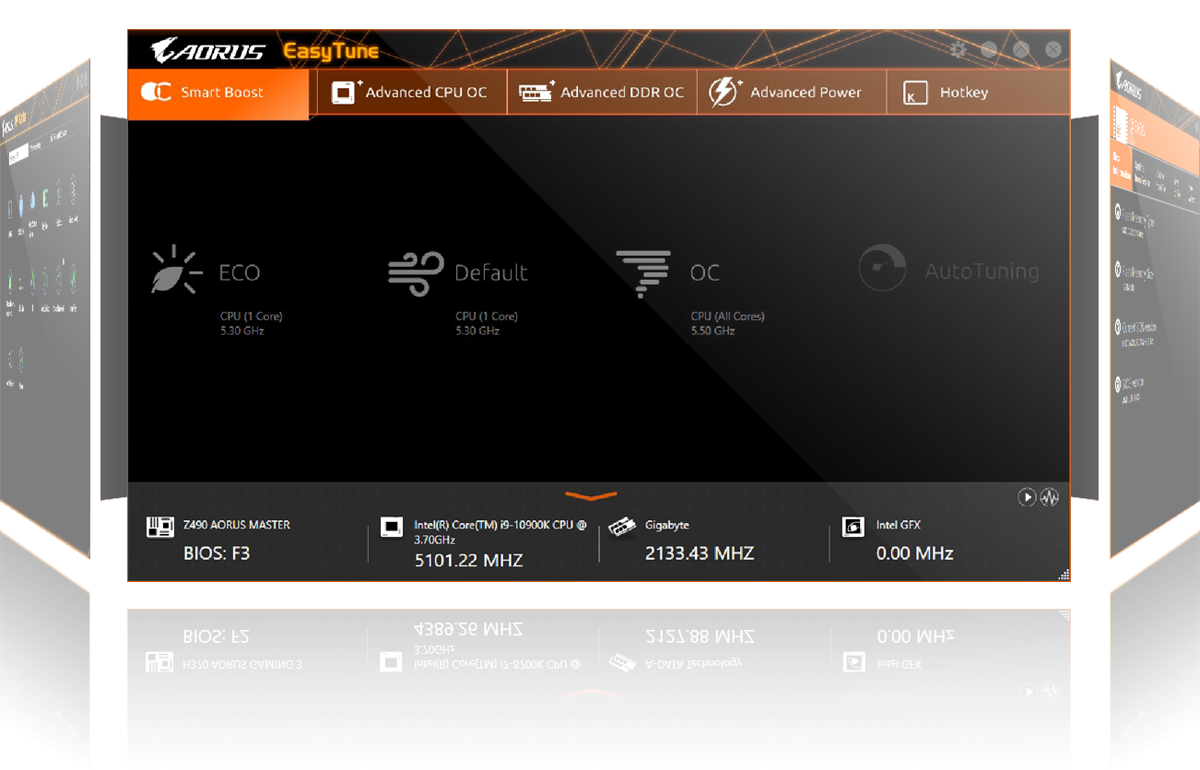

- #Do i need evga precision x to keep fan curve software
- #Do i need evga precision x to keep fan curve download
- #Do i need evga precision x to keep fan curve free

It’s pretty easy to use, though it doesn’t generate an actual fan curve for you or offer quite the same precision as the other methods.
#Do i need evga precision x to keep fan curve free
SpeedFan is a free utility that’s compatible with everything from Windows ME to Windows 10, and you’d be hard-pressed to find a processor that it doesn’t support. These methods are all fairly different, however, so they all deserve their own section with step-by-step instructions. SpeedFan and MSI Afterburner make adjusting your fan curve nice and easy, though using your BIOS will let you make finer and more permanent changes.

#Do i need evga precision x to keep fan curve download
Download a third-party program like SpeedFan built specifically for temperature monitoring and fan adjustments.Recommended Ways to View or Change Fan Curves: There are a few ways to access, view, and adjust your computer’s fan curve if the manufacturer’s settings aren’t working for you. One is usually adjustable and the other often is not. Note: Keep in mind that there’s a difference between CPU/GPU fans and chassis fans. Just follow this guide and pretty soon your fans will be blowing exactly when and how hard you want them to. Whatever the case, you should know there’s a way to customize your computer fan’s settings. Maybe the fan turns on too soon or too late, or maybe your fans get too loud and you think they should turn it down a notch, or maybe your custom rig is just too advanced to trust your fan’s factory settings. Fans are cheap, effective, and easy to install, and most of them automatically turn on when your computer gets too hot.įor some users, though, the manufacturer’s settings just don’t cut it. The easiest way to keep your computer’s internals cool comes built into all laptops and many computer cases: fans. Sensitive components can break or melt, sturdier components wear out more quickly, and the risk of system instability and data loss go up with each additional degree.Įven worse (for gamers), an overheating GPU will stop processes and reduce its performance until it returns to a safe temperature range.Īnd let’s be honest, no one wants to lose a game because their GPU craps out on them. If you’re unfamiliar with how hot a CPU can safely run, we’ve got an article dedicated specifically to answering that question.Ĭomputer components don’t mind the heat up to a point, but things can go south pretty quickly when they overheat.
#Do i need evga precision x to keep fan curve software
Your computer’s central processing unit (CPU) and graphics processing unit (GPU) can generate a lot of heat when you start up resource-intensive software or crank up the graphical settings in your favorite game. Your computer doesn’t have to worry about getting muddy or rusty or soaked in torrential rain, though there is one big environmental factor that you need to keep in mind: heat. They’re so powerful and complex, in fact, that it’s easy to forget that they’re just machines, not mystical boxes that run on magic and fairy dust.Īnd like most machines, computers won’t work right unless they’re well-maintained and in the right conditions.

They perform billions of calculations a second, connect us to the rest of the world, and let us play awesome games with graphics that look as good or better than real life. These handy little graphs tell you exactly how your computer fans will respond in different situations, and they all follow a similar (and obvious) pattern: The fan spins faster as the temperature increases.Ĭomputers are powerful. 7 Final Recommendations What is a Fan Curve?Ī fan curve is simply a graph that shows how fast your fan spins when your computer hits certain temperatures, usually with temperature on the X axis and the fan speed (as a percentage of max speed) on the Y axis.


 0 kommentar(er)
0 kommentar(er)
